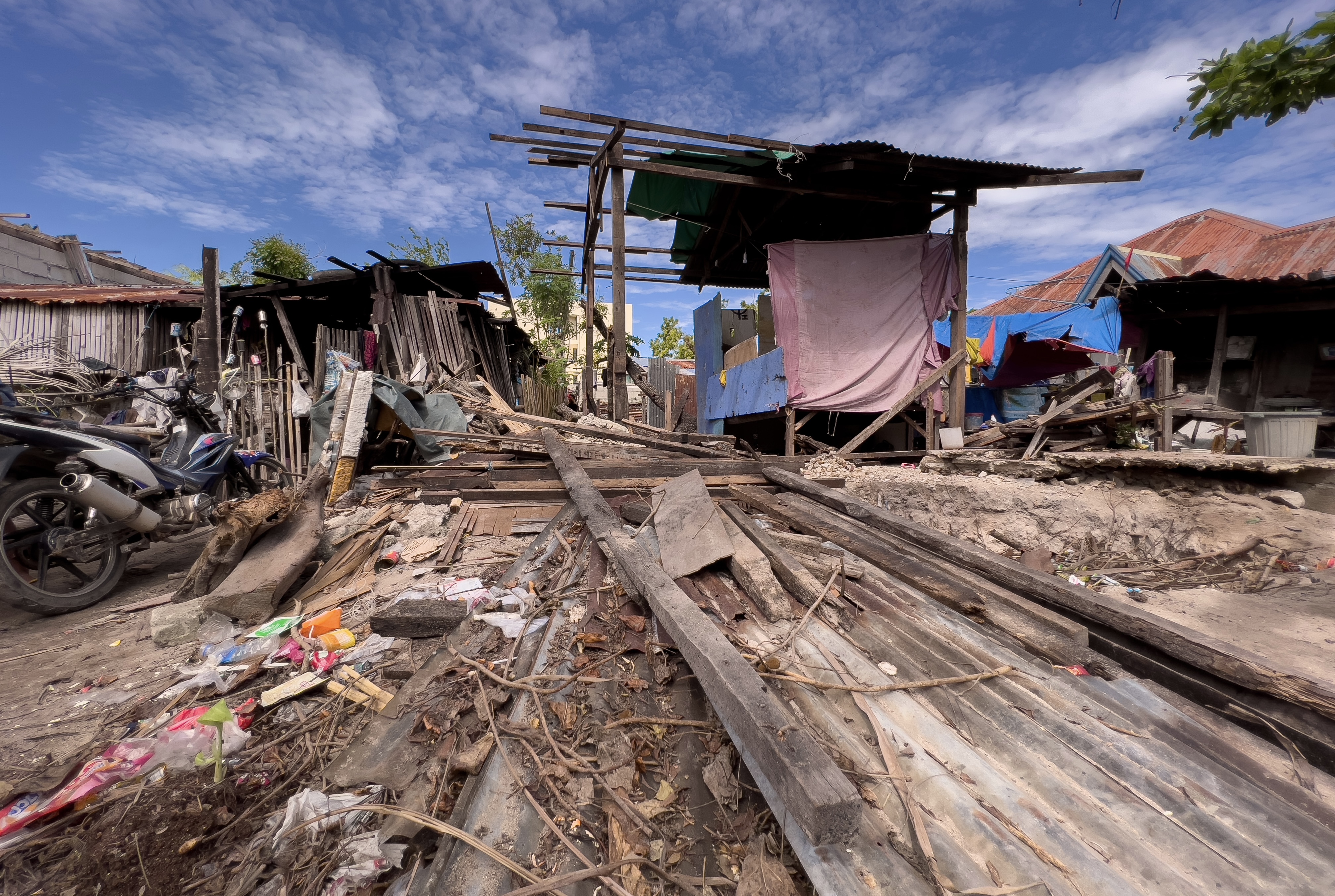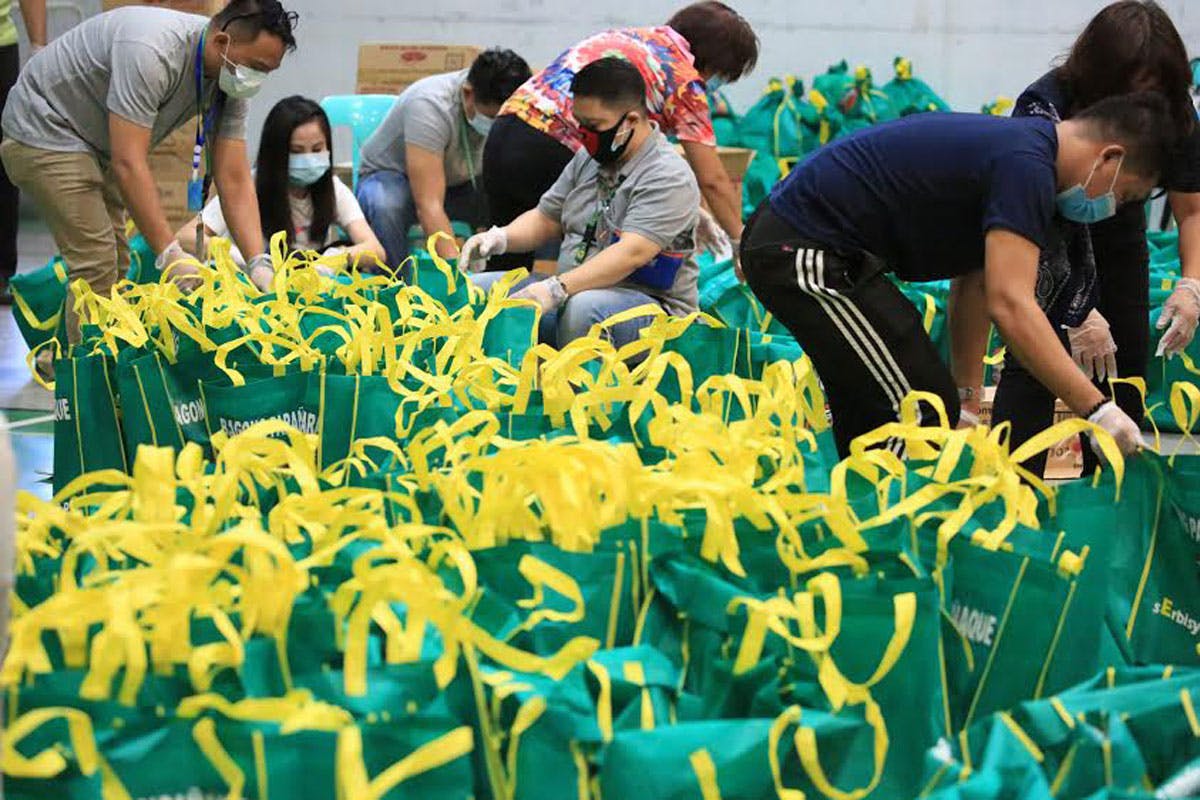The Philippines faces many natural disasters, such as typhoons, earthquakes, and volcanic eruptions, due to its location in the Pacific Ring of Fire. These disasters cause severe damage to homes, infrastructure, and the economy, leaving many communities vulnerable. The root causes of this vulnerability include a lack of proper urban planning, weak infrastructure, and the effects of climate change. These issues make it difficult for the country to recover quickly from disasters, highlighting the need for a more resilient approach to disaster management.
 |
| (Image Source) |
Despite these efforts, many challenges remain in building a more resilient Philippines. One major challenge is the limited funding and resources available for disaster risk reduction programs. Corruption and poor governance can also hinder the effective implementation of these programs. Moreover, the rapid urbanization of cities often outpaces the development of necessary infrastructure, leaving many areas vulnerable to disasters. To truly build a resilient nation, the Philippines must address these challenges by ensuring transparency, increasing investment in disaster preparedness, and promoting sustainable development practices.


I read this and I appreciate how you also addressed the cause and approaches. Thank you for sharing this, I hope that our country would be better as we acknowledged these.
ReplyDelete